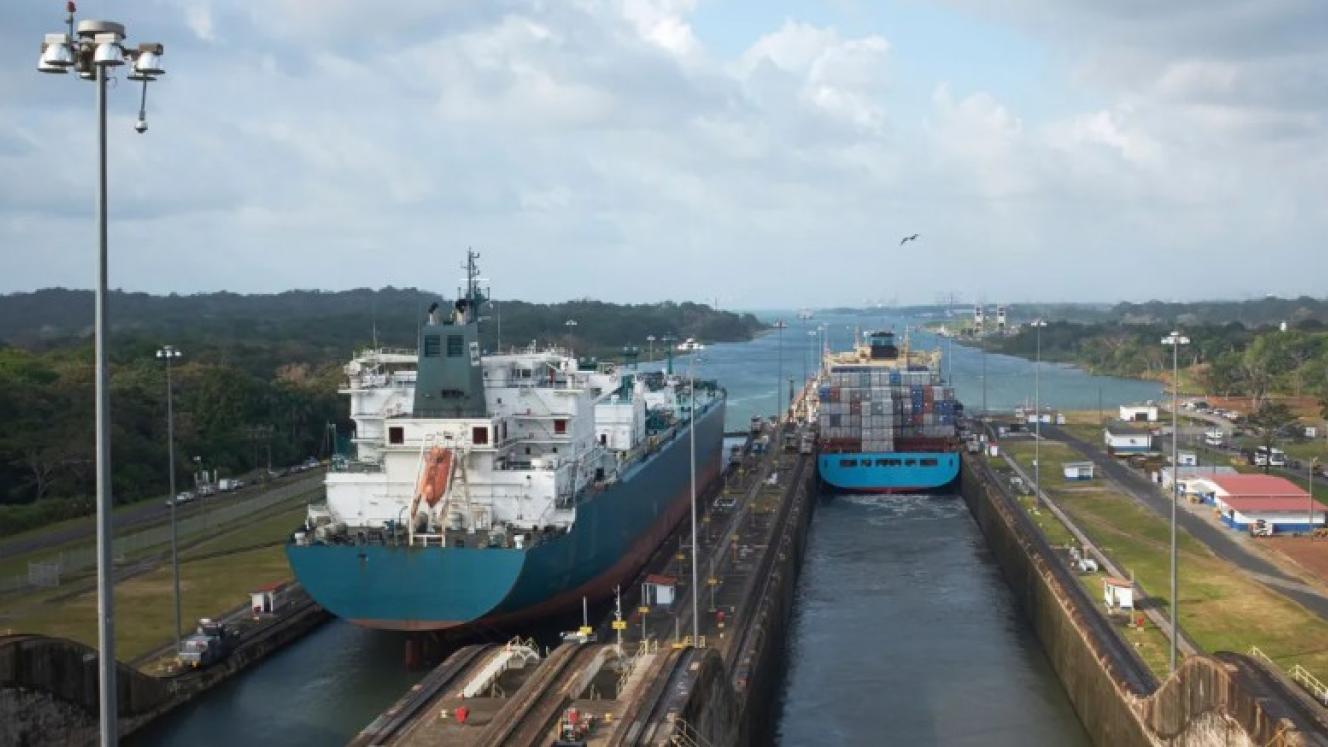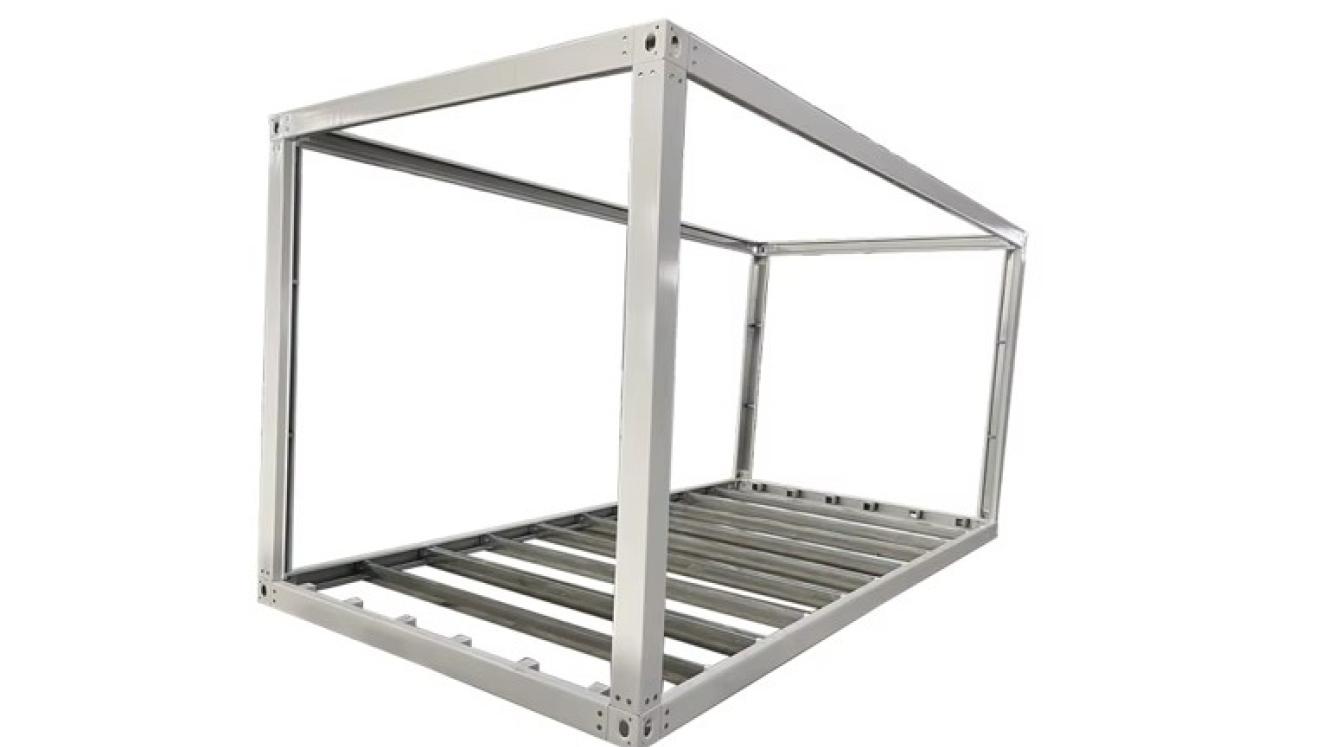The Panama Canal has bounced back from recent dry weather spells that affected transit figures because of low lock levels, posting impressive revenue figures in its latest financial results.
So far this year, the important waterway has seen total vessel transits rising by 19.3% year-on-year to reach 13 404, according to the Panama Canal Authority (ACP).
The surge reflects a recovery from the drought-related restrictions that have constrained operations in previous years.
Revenues climbed to approximately $5.7 billion, up 14.4% from the prior year, underscoring the canal’s strengthening financial position as it prepares for major infrastructure investments.
The ACP attributed the increase in throughput primarily to strong performances in the container and liquefied petroleum gas (LPG) segments, alongside a rebound in dry bulk traffic.
However, liquefied natural gas (LNG) shipments underperformed due to weaker conditions in the global freight market.
Operationally, the canal extended the operating hours of its Transit Reservation Office from October 5. It is now open between 7am and 10pm local time. It also introduced upgrades to its Transit Reservation System, enhancing flexibility in booking windows and slot allocation.
Buoyed by solid earnings, the ACP is advancing a $1.6bn reservoir project on the Río Indio to improve water security and mitigate the effects of drought on canal operations.
The initiative is a key component of a broader strategy to stabilise transit capacity and safeguard the canal’s competitiveness amid increasing climate volatility.
The authority stated that the latest results placed the canal in a strong position to support investment programmes planned from 2026, including water infrastructure and measures to enhance operational resilience. Additional revenues were also supported by front-loaded shipments and the Long-Term Slot Allocation (LoTSA) programme.
While daily transit quotas continue to adjust following the easing of earlier restrictions, public data suggests the ACP is gradually restoring higher slot counts, moving closer to pre-drought operational levels.













